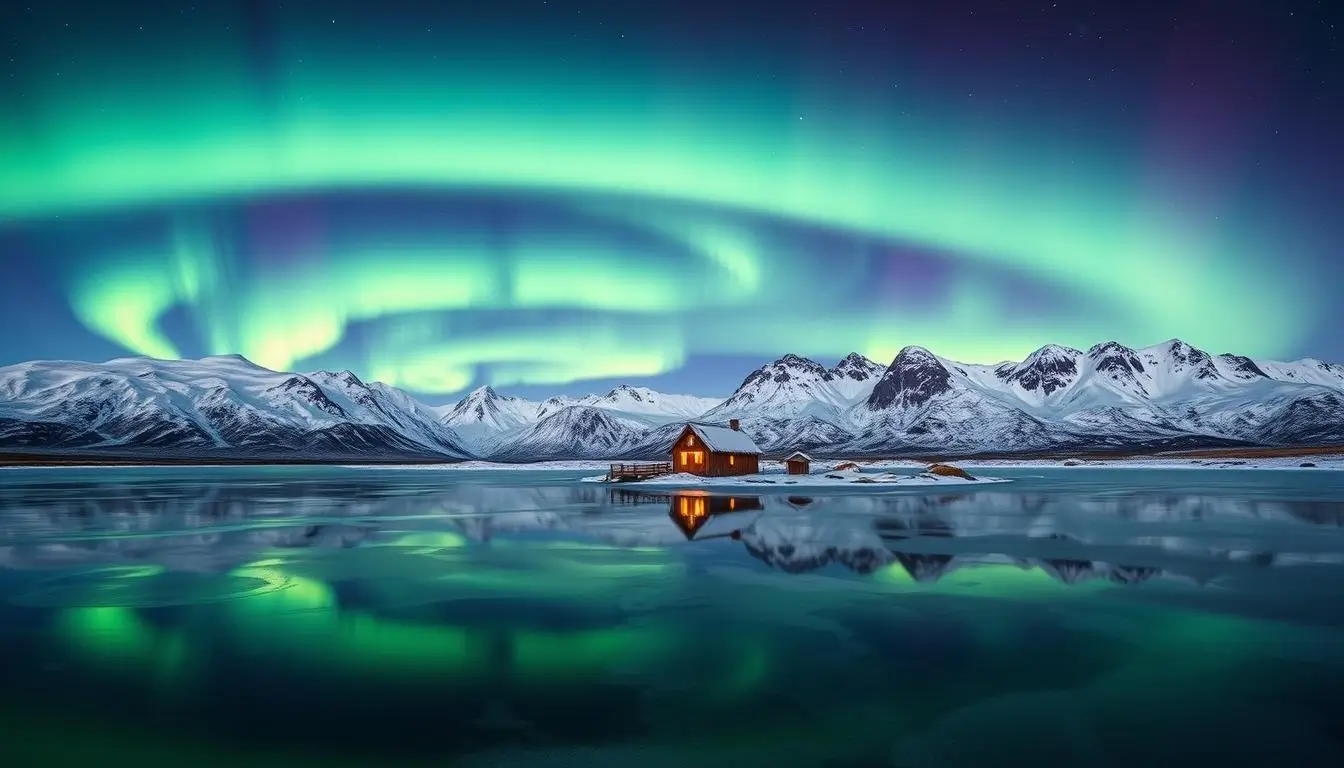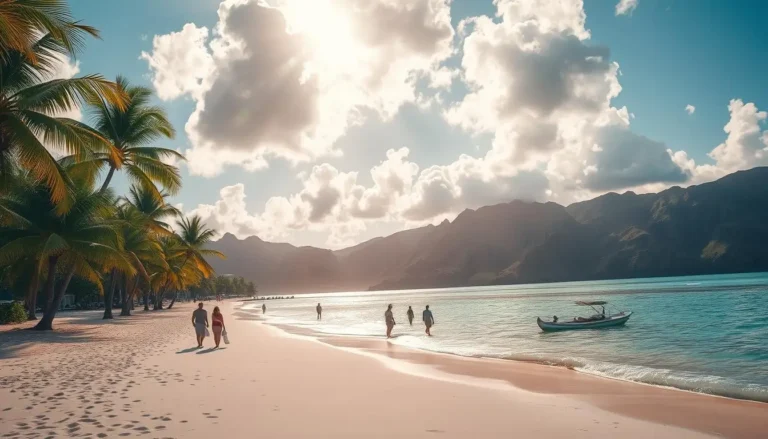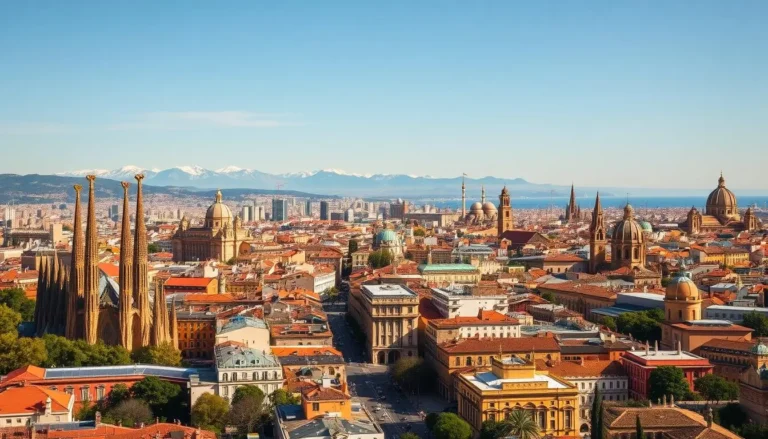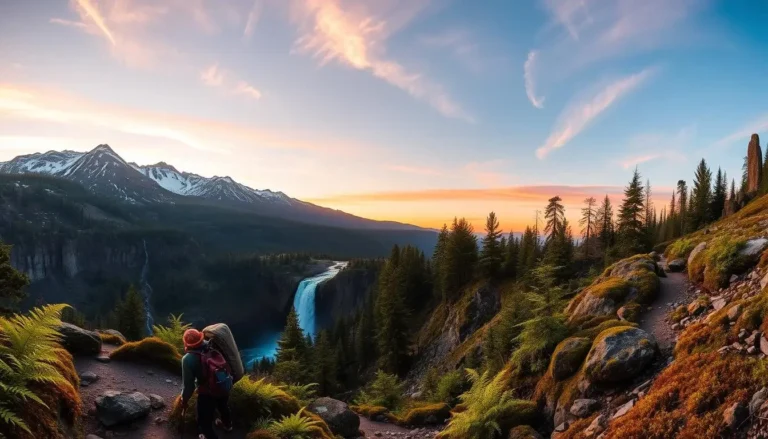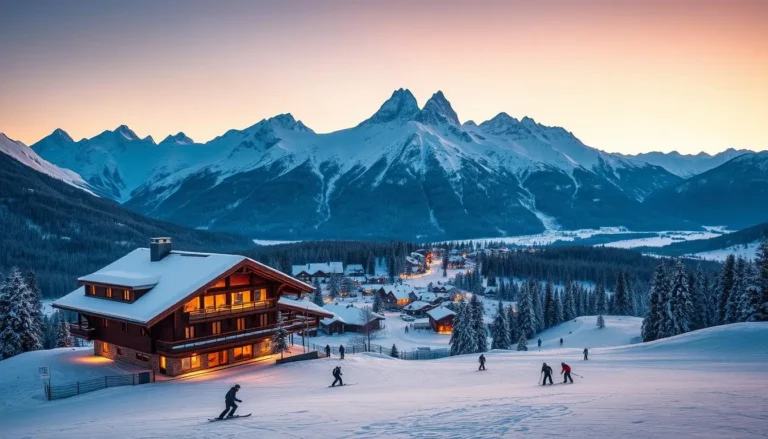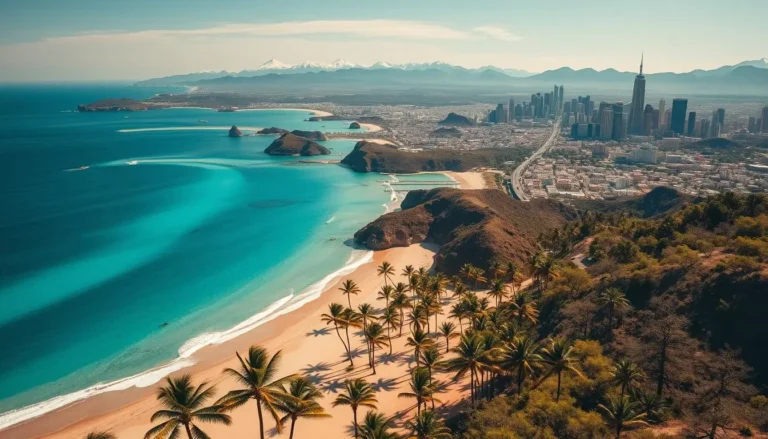When is the best time to travel to Iceland for sightseeing and adventure?
Are you ready for an unforgettable travel to Iceland? You’ll see breathtaking landscapes and thrilling adventures. The land of fire and ice will leave you in awe, but the trip’s timing is key.
When planning your trip, think about the optimal time for iceland sightseeing. You might want to see the Northern Lights, explore glaciers, or relax in natural hot springs. Iceland offers something special in every season.
Key Takeaways
- Understand the seasonal variations in Iceland’s climate
- Discover the best activities for iceland adventure
- Learn how to make the most of your trip to Iceland
- Explore the country’s unique landscapes and natural wonders
- Plan your trip according to the optimal time for sightseeing
Table of Contents
Iceland’s Seasonal Overview: What to Expect Year-Round
Iceland’s climate and daylight hours change all year. Knowing these changes is key to enjoying your trip.
Iceland’s Unique Climate and Daylight Hours
Iceland’s climate is cold in winter and mild in summer. Its location near the Arctic Circle means big changes in daylight. Summer brings up to 24 hours of daylight, while winter has just 4-5 hours.
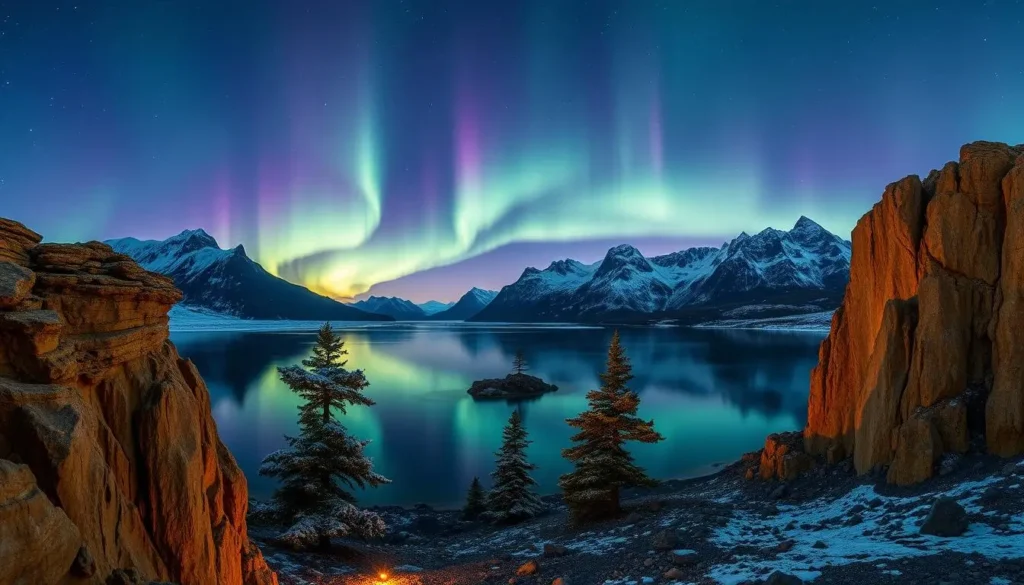
Peak vs. Off-Peak Tourism Seasons
Iceland’s tourism peaks in summer with good weather and long days. The off-peak season, in winter, is quieter with fewer visitors. Knowing these trends helps plan your trip.
| Season | Weather | Daylight Hours | Tourist Season |
| Spring (March-May) | Mild temperatures, occasional rain | Increasing daylight | Shoulder season |
| Summer (June-August) | Mild to warm, occasional rain | 24 hours daylight | Peak season |
| Fall (September-November) | Cooling temperatures, rain | Decreasing daylight | Shoulder season |
| Winter (December-February) | Cold, snow, and limited daylight | Limited daylight (4-5 hours) | Off-peak season |
Understanding Iceland’s seasons helps plan your trip. Enjoy the midnight sun in summer or see the Northern Lights in winter. Each season offers a special view of this beautiful country.
Summer in Iceland (June-August): The Midnight Sun Experience
Visiting Iceland in the summer is an unforgettable experience. The midnight sun lights up the landscapes with a golden glow. This phenomenon means the sun is out at midnight, giving you 24 hours of daylight. It’s a stunning sight and lets you explore Iceland’s landscapes all day and night.
Weather Conditions and Temperatures
In the summer, Iceland’s weather is mild. Temperatures usually range from 10°C to 20°C (50°F to 68°F). It’s usually nice for outdoor fun. Summer is perfect for hiking and exploring the highlands because the snow melts, showing off green landscapes and wildflowers.
Top Summer Activities: Hiking, Whale Watching, and Festivals
Summer is the busiest time in Iceland, but it’s full of fun activities. You can hike on glaciers, watch whales in the fjords, or enjoy the cultural scene at festivals. Festivals like the Secret Solstice music festival and the Viking Festival are highlights. The long days let you hike early and explore late.
| Activity | Location | Best Time |
| Hiking | Highlands, glaciers | Early morning or late evening |
| Whale Watching | Fjords, coastal areas | Anytime, but best during calm seas |
| Festivals | Various locations | Evenings, often late June to August |
Pros and Cons of Summer Travel
Summer in Iceland has its good and bad sides. The midnight sun means lots of daylight for seeing sights, and the weather is nice. But, it’s also the busiest time, with more people and higher prices. For a quieter trip, try visiting less crowded areas.
Fall in Iceland (September-November): Colors and Early Northern Lights
Fall in Iceland is a time of change. The summer crowds leave, and the Northern Lights start to appear. The country’s beauty shines in a new way.
Weather Transitions and What to Pack
The weather in Iceland changes from warm to cold in the fall. You’ll need layers, including waterproof clothes and warm sweaters. Temperatures can drop a lot, ranging from 2°C to 10°C (36°F to 50°F).
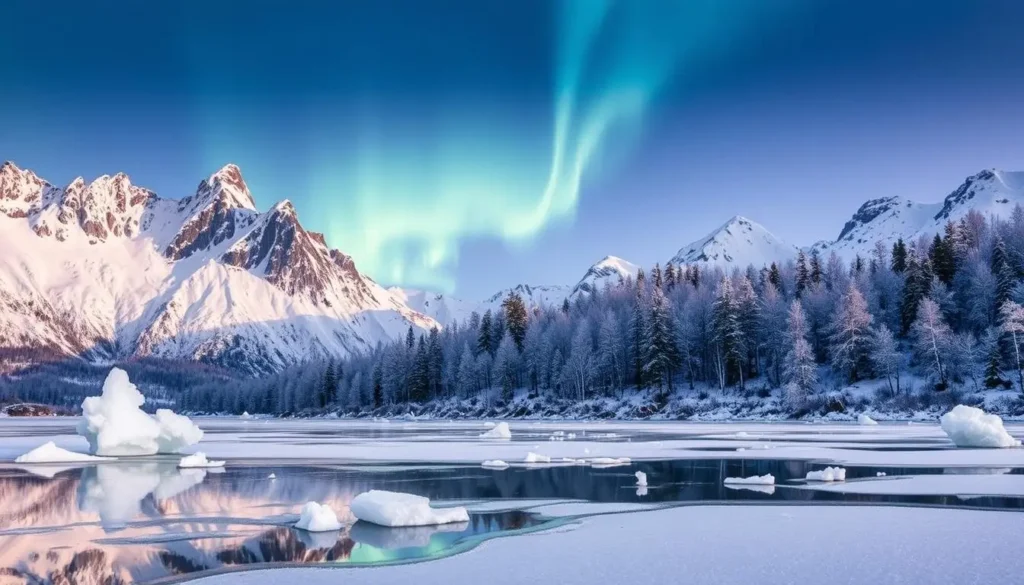
Fall-Specific Attractions: Autumn Landscapes and Fewer Crowds
Fall in Iceland is peaceful, with fewer tourists around. The autumn colors make the scenery beautiful, perfect for photos. Places like waterfalls and national parks are less busy, offering a closer experience.
Benefits of Visiting During Shoulder Season
Visiting Iceland in the shoulder season has its perks. You’ll find fewer tourists, making your visit more peaceful. Also, prices for places to stay and tours might be lower, helping you save money.
| Month | Average Temperature (°C) | Daylight Hours | Northern Lights Visibility |
| September | 8 | 12-13 | Occasional |
| October | 5 | 10-11 | Frequent |
| November | 2 | 8-9 | High |
Winter in Iceland (December-February): The Best Time to Travel to Iceland for Northern Lights
Winter in Iceland is a time of stunning landscapes and exciting adventures. It’s especially great for seeing the Northern Lights. The snow and ice make the country even more magical.
Winter Weather Conditions and Daylight Hours
Winter in Iceland is very cold, with temperatures between 32°F and 43°F. Daylight is short, with only 4-5 hours in December and January. But by February, daylight starts to get longer.
This is the perfect time to see the Northern Lights. The long nights mean more darkness for viewing.
Northern Lights Viewing: Best Locations and Photography Tips
The Northern Lights light up the sky with beautiful colors. To see them best, go to places with little light pollution. Þingvellir National Park, Vatnajökull National Park, and Diamond Beach are great spots.
To take amazing photos, use a tripod and a wide-angle lens. Your camera should handle low light well. Set your ISO to 800-1600, aperture to f/2.8 or lower, and shutter speed to 10-30 seconds.
Winter Activities: Ice Caves, Hot Springs, and Winter Festivals
Winter in Iceland is full of fun activities. You can visit ice caves in Vatnajökull glacier or relax in hot springs like the Blue Lagoon. There are also winter festivals that celebrate Icelandic culture.
These activities offer adventure and a chance to connect with Iceland’s nature and culture.
Spring in Iceland (March-May): Awakening Landscapes
As winter fades, Iceland comes alive in the spring. It offers a fresh mix of landscapes and experiences. Mild temperatures and winter’s leftovers create a unique contrast that draws many visitors.
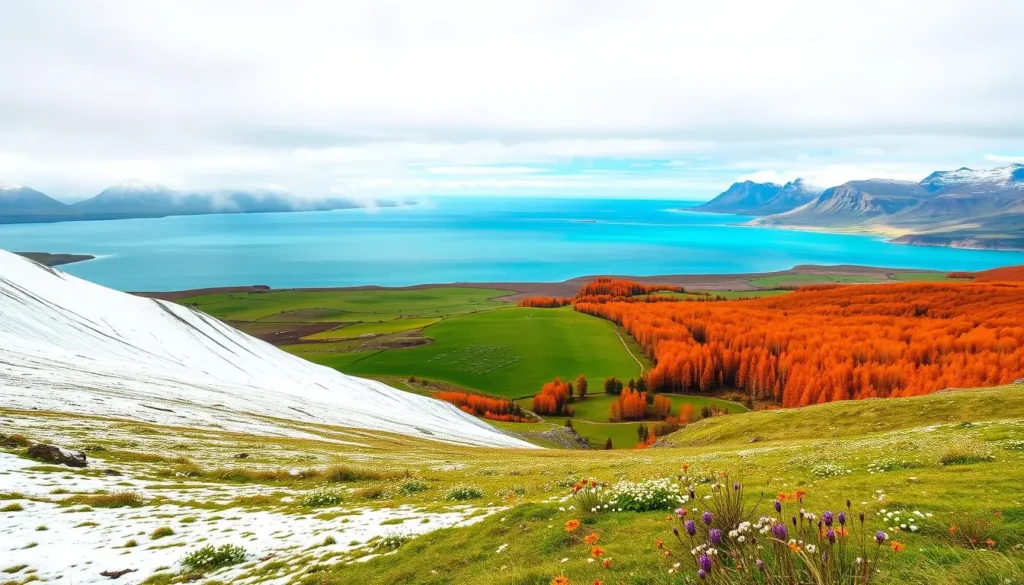
Spring Weather Patterns and Packing Essentials
Spring in Iceland sees temperatures rise from 0°C to 15°C. It’s key to pack layers, including waterproof clothes, as rain is common. Don’t forget warm clothes for cooler mornings and nights.
Unique Spring Attractions: Puffins, Waterfalls, and Blooming Landscapes
Spring is the best time to see puffins along Iceland’s coast. Waterfalls become more stunning as they thaw. The landscapes also start to bloom, with lupines adding color.
“The beauty of spring in Iceland lies not just in the landscapes, but in the wildlife and the gentle awakening of nature.” – Traveler’s Journal
Advantages of Spring Travel: Prices and Accessibility
Traveling in spring has its perks, like lower prices than summer. Roads and attractions become more accessible as snow melts. Yet, some highland roads might still be closed.
| Season | Average Temperature | Accessibility | Prices |
| Spring | 0°C to 15°C | Improving | Moderate |
| Summer | 10°C to 20°C | High | High |
| Autumn | 0°C to 10°C | Good | Moderate |
Spring is a great time to see Iceland’s beauty. It offers unique sights and more affordable prices.
Regional Considerations: Different Areas, Different Timing
Iceland’s varied landscapes and climates mean the best visit time changes by region. Knowing these differences is key for a great trip.
South Coast vs. North Iceland: Seasonal Differences
The south coast boasts stunning black sand beaches and glaciers. It’s open all year, but winter brings tough weather. North Iceland has colder winters and warmer summers. Summer is best for outdoor fun.
| Region | Best Time to Visit | Activities |
| South Coast | Spring (March-May) and Autumn (September-November) | Glacier hiking, black sand beaches |
| North Iceland | Summer (June-August) | Hiking, whale watching, exploring Akureyri |
The Highlands: Limited Access Windows
The Highlands are vast and untouched. But, roads are only open in summer. Planning is essential for a visit.
“The Highlands of Iceland are a true wilderness, offering an unparalleled adventure experience for those who venture there.” – Expert Traveler
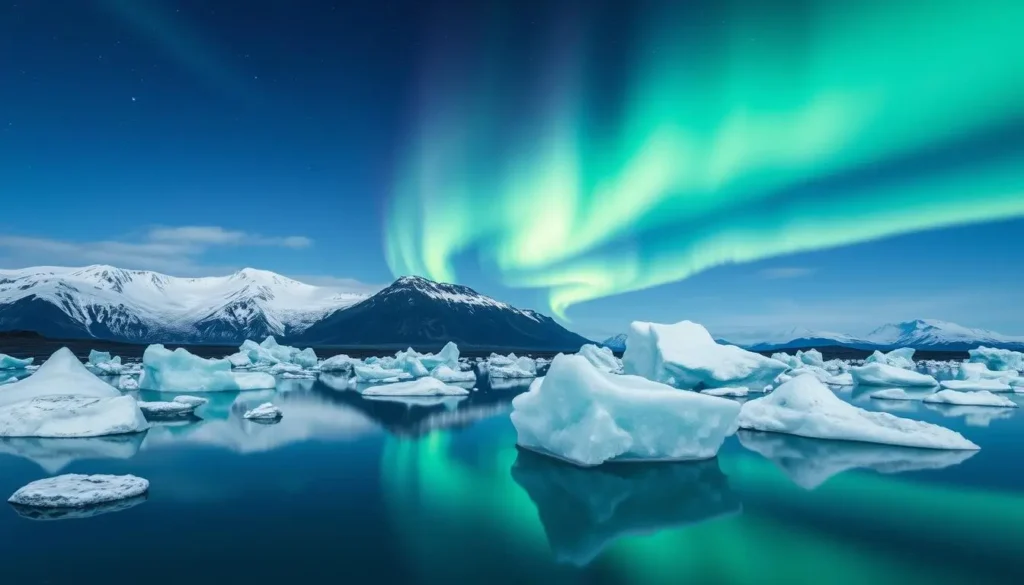
Westfjords and East Iceland: Off the Beaten Path Timing
The Westfjords and East Iceland are less crowded. Visit in the shoulder season for mild weather and fewer tourists.
Understanding Iceland’s regional variations helps plan a trip that fits your style. Enjoy your time in this amazing country.
Conclusion: Choosing Your Perfect Iceland Adventure Season
Now that you’ve looked at each season in Iceland, it’s time to plan your trip. Whether you love the midnight sun, the Northern Lights, or the colors of spring and autumn, Iceland has something for everyone.
Think about what you want to do most when choosing the best season. Summer offers long days and lots of outdoor fun. Winter is the best time to see the Northern Lights. Spring and autumn have milder weather and fewer people.
The best time for you to visit Iceland depends on what you want to do. Knowing what each season offers helps you make the most of your trip. This way, you can make unforgettable memories in this stunning country.
FAQ
When is the best time to travel to Iceland for the Northern Lights?
The best time to see the Northern Lights in Iceland is from September to April. This is when the nights are dark enough. The peak season is from December to February.
What is the best month to visit Iceland for sightseeing?
The best month to visit Iceland depends on what you want to do. Summer is great for hiking and exploring the highlands. Spring and autumn offer fewer crowds and lower prices. Winter is best for the Northern Lights.
Is Iceland open for tourism year-round?
Yes, Iceland welcomes tourists all year. But, some places and roads might be closed in winter due to weather.
What are the best activities to do in Iceland during the summer?
Summer in Iceland is perfect for hiking, whale watching, and music festivals like Secret Solstice. The midnight sun means you can enjoy 24-hour daylight.
Can I see the Northern Lights in Iceland during the spring?
Yes, you can see the Northern Lights in spring, especially in March and April. The nights are still dark enough.
What should I pack for a trip to Iceland?
Bring layers for Iceland, as the weather changes often. Pack waterproof clothes, insulated jackets, and warm hats. Don’t forget sturdy hiking boots and comfy shoes.
Are there any specific festivals or events in Iceland that I should know about?
Yes, Iceland has many festivals. There’s the Secret Solstice music festival in summer, the Reykjavik International Film Festival in autumn, and the Winter Lights festival in December.

